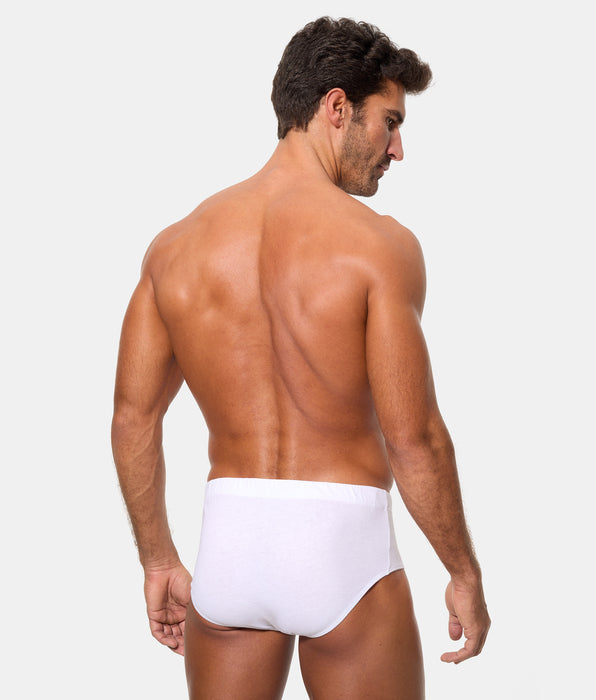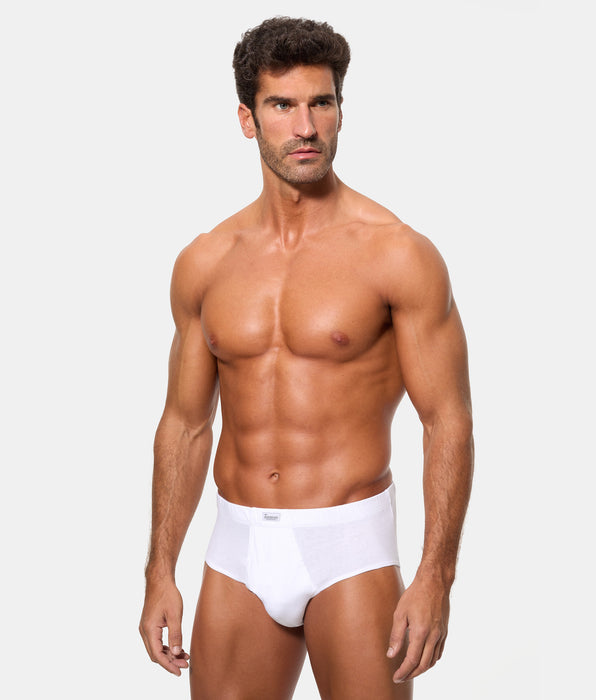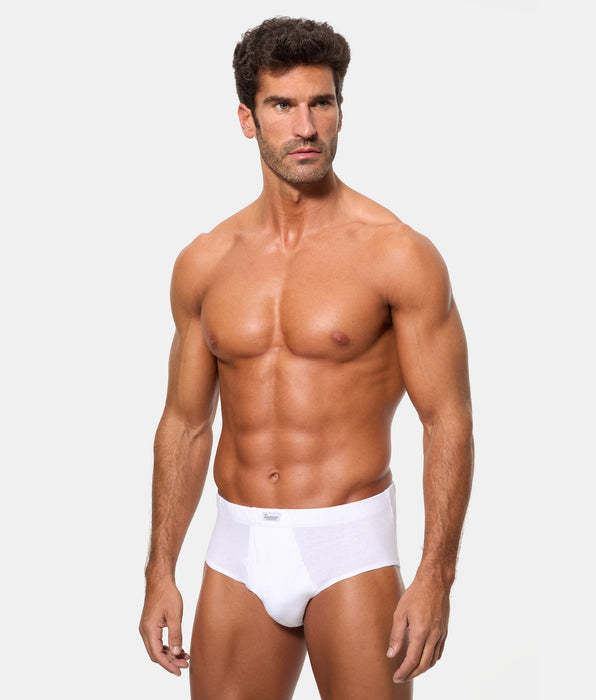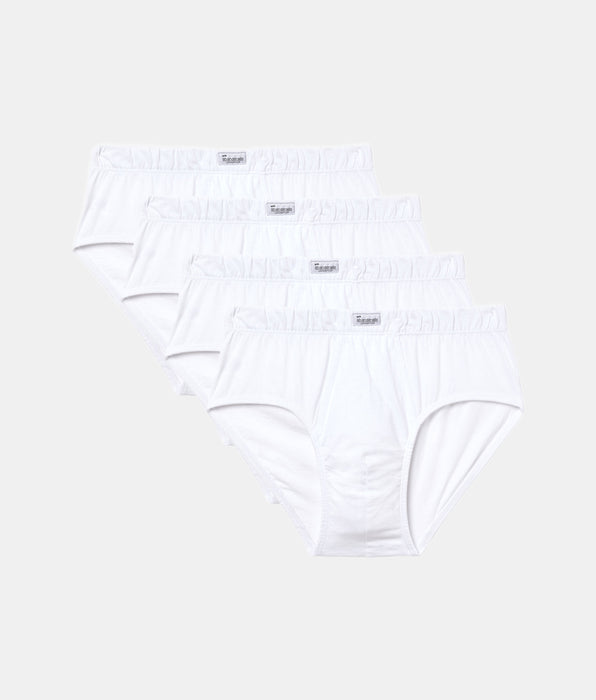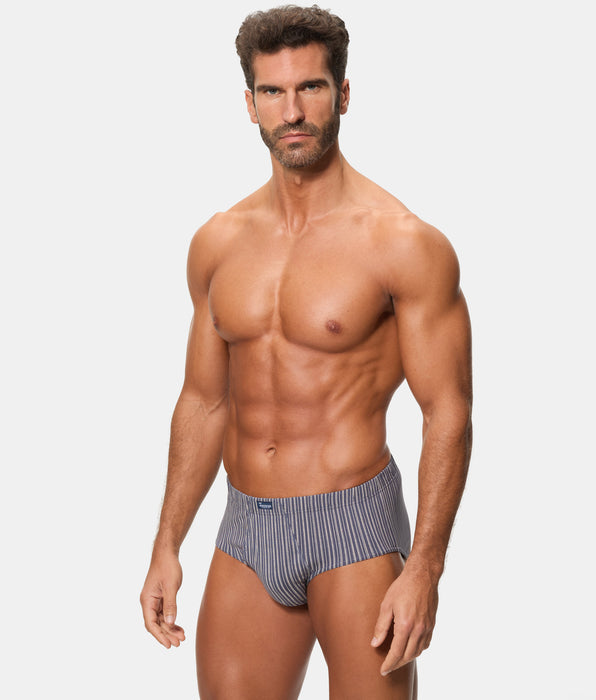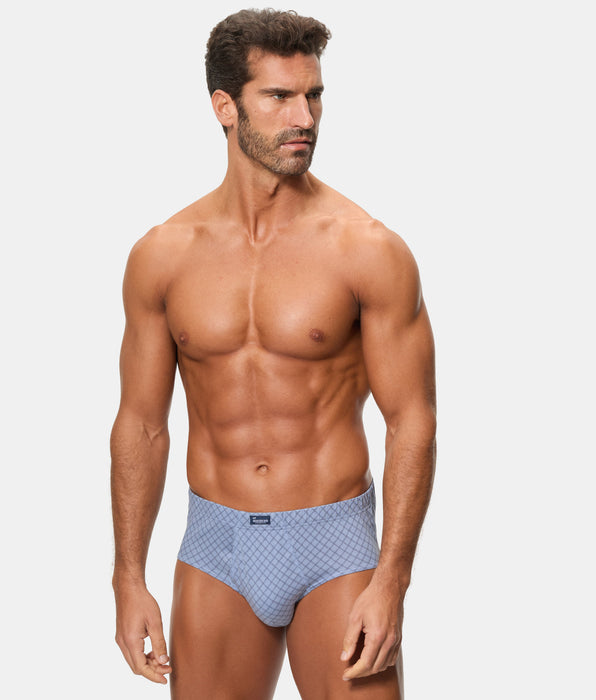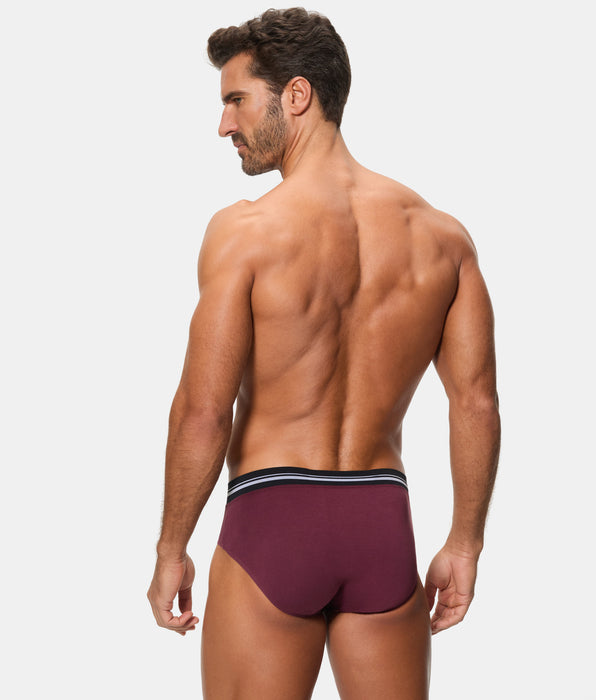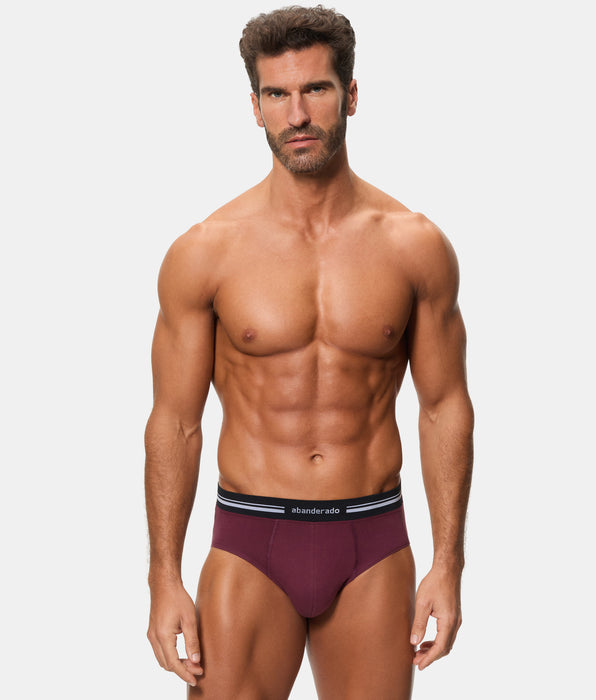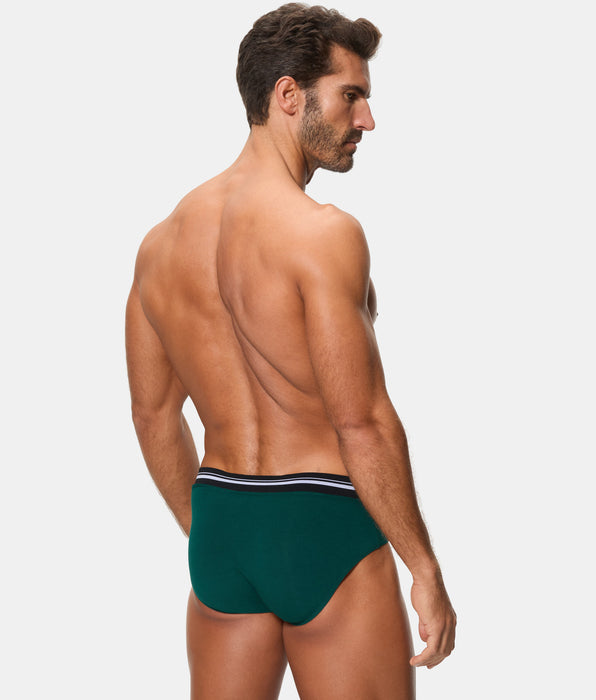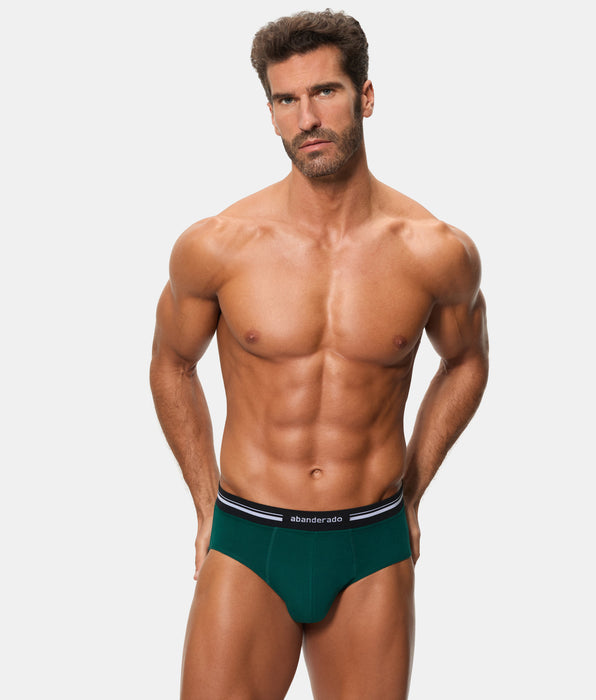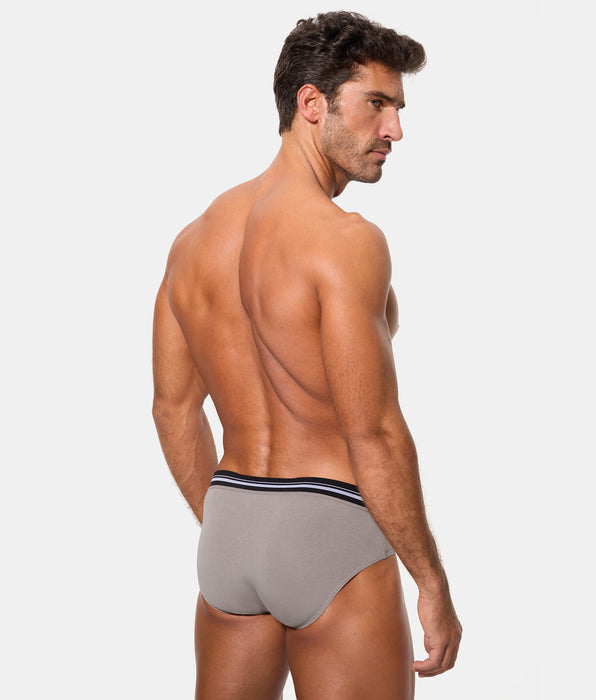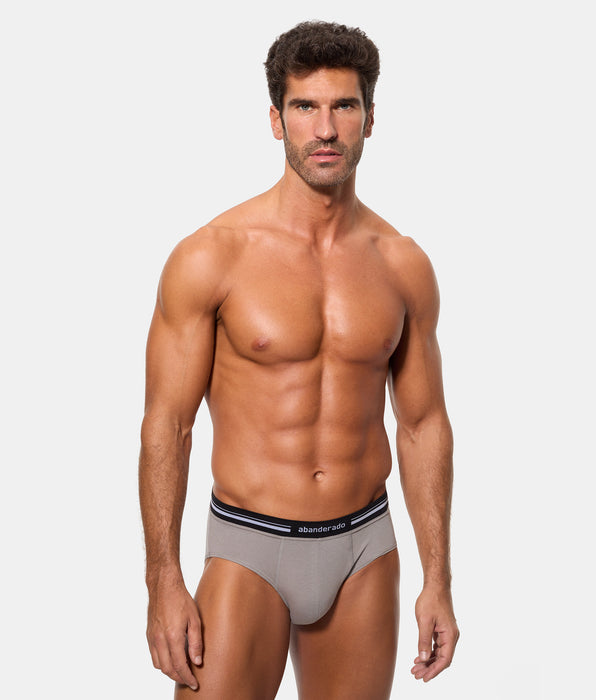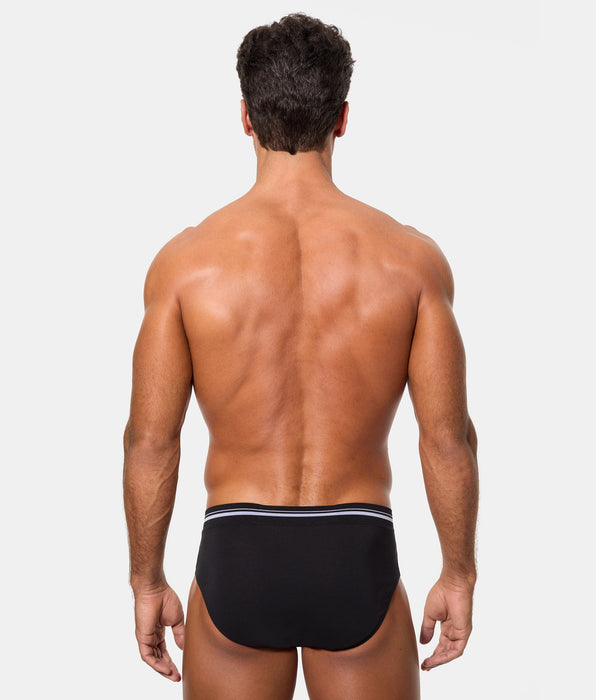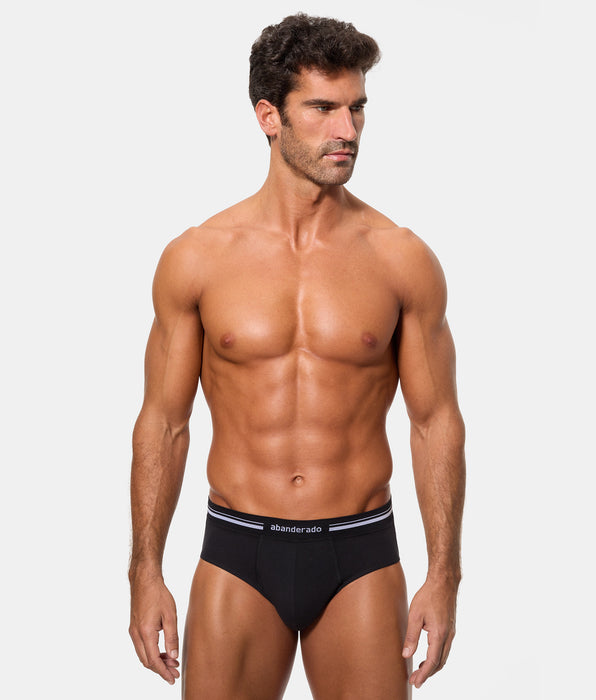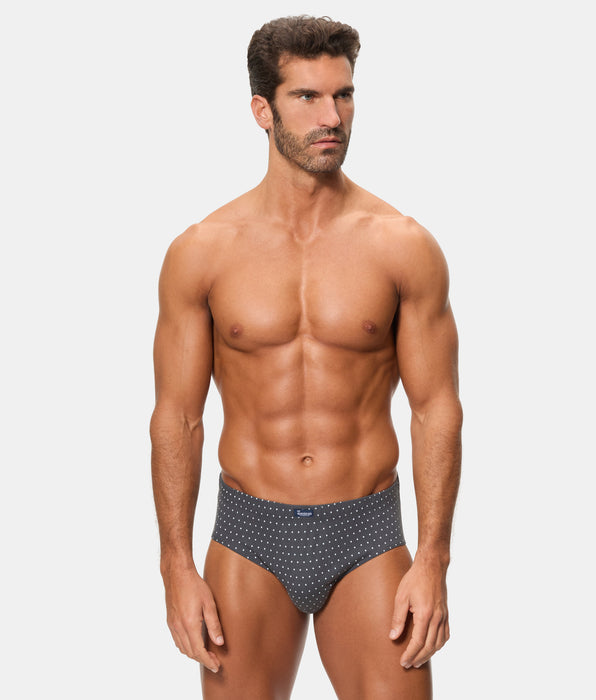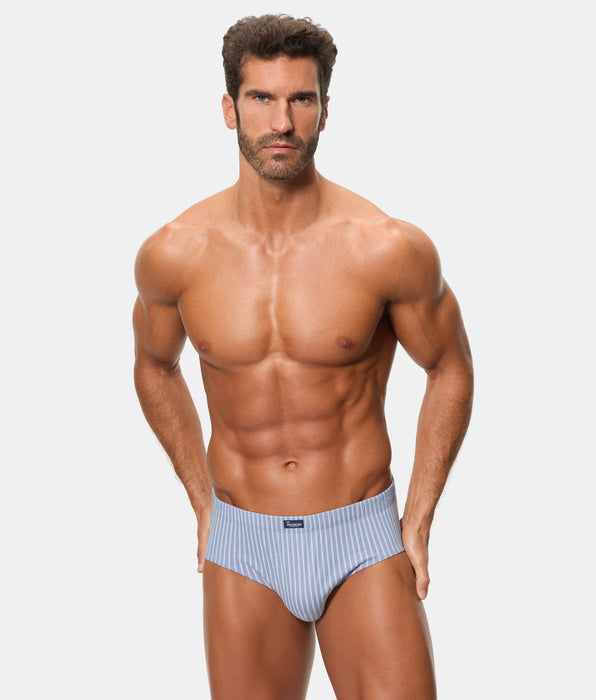Children and cold weather aren't usually a good combination, unless you're willing to live with coughs and fevers every day. And keeping them locked up at home, unable to go out to avoid catching a cold, is never an option. It's much more practical to learn a few tricks on
how to dress children in winter . Incorporate these recommendations into your family routine, and you'll soon notice the difference.
How to dress children in winter so they don't get cold
Aside from going outside to school, your children need to go outside to walk and play. Even on cold days, contact with fresh air and sunshine has beneficial effects on their health. Combining these activities with the absence of colds is easier if you know how to dress your children in winter. Take note of these tips!
Choosing the right underwear
Clothing that comes into direct contact with the skin plays an essential role in retaining body heat. It also affects breathability. Therefore,
it's important to start by paying close attention when choosing children's underwear .
What to look for? Above all, there are three key aspects:
softness, maximum breathability, and warmth . There's one fabric that combines these three characteristics:
winter cotton . This natural fiber is ideal for avoiding irritation or discomfort on children's skin, which tends to be more sensitive and delicate. That's why
Abanderado's Junior collection for the coldest days is made from winter cotton, a
plush material that provides extra warmth and maximum softness.
Dress in layers to regulate temperature
The traditional formula of layering clothing is especially advisable when considering how to dress children in winter. However,
layering doesn't work just any old way . These are the guidelines recommended by pediatricians.
To start, always choose
clothes that can be easily unbuttoned or removed . One of the most common causes of colds is sudden changes in temperature. Therefore, it's essential that you can dress or undress them quickly depending on the circumstances.
And then,
structure it in three layers . For babies, the advice is to add one more layer.
-
The first one , the one that is next to the skin, has to be tight , but comfortable and allow perspiration.
-
The second layer is meant to insulate . Choose basic, lightweight, lightweight clothing, such as sweatshirts and a loose fit.
-
The last layer protects against inclement weather, such as wind and rain, as well as the cold. It's best if it's made of waterproof fabric , and above all, look for coats that don't hinder the child's ability to move freely.
Cover the most vulnerable areas well
There are areas of a child's body that are more vulnerable to the cold,
such as the head, hands, feet, and the area around the ears, nose, mouth, and throat . Therefore, hats, gloves, scarves, and good socks are essential in a child's winter wardrobe.
Of course, don't forget to
choose appropriate footwear for the circumstances , depending on whether the ground is wet or icy. When in doubt, it's always preferable to choose waterproof shoes that keep your feet dry.

Thermal clothing, only for situations of extreme cold
It's logical to think that your child will be warmer if you choose to dress them in
children's thermal clothing . However, we remind you that this clothing is designed for extreme cold, when the thermometer drops below zero.
Dressing children too warmly is just as detrimental as dressing them too warmly .
Avoid leaving sweaty clothes on for too long.
Children are constantly on the move, and they're even more so when they go outside to play. Plus, there are winter activities that are incredibly tempting, especially if there's snow nearby.
All this activity often ends up with children sweating .
It's impossible to change their clothes immediately every time they start to sweat. However, you should avoid leaving them in sweaty clothes for too long.
Especially if they've been sitting still . We recommend that if you're going to be away from home for a while, you have a change of clothes on hand to put on dry clothes.
Pay attention to the bedding
Finally, there's a very important section related to how to dress children in winter. It's all about nighttime sleep, including how to prepare their bed. It's best to choose
pajamas made of warmer fabrics , especially if your child moves around a lot and uncovers themselves.
Regarding bedding, always choose
lightweight, weightless blankets that allow for freedom of movement.
It's especially dangerous to put too many blankets on babies and very young children , as they could suffocate. A good preventative measure is to tuck the blanket in at chest level so it doesn't cover their faces.
Knowing how to dress children in winter has many advantages, as
they can enjoy outdoor activities while minimizing the risk of catching a cold . Dress them in three layers that are easy to remove, protecting their most delicate areas and preventing them from getting sweaty. It's also key to choose appropriate winter underwear, like the one we suggest at Abanderado.



